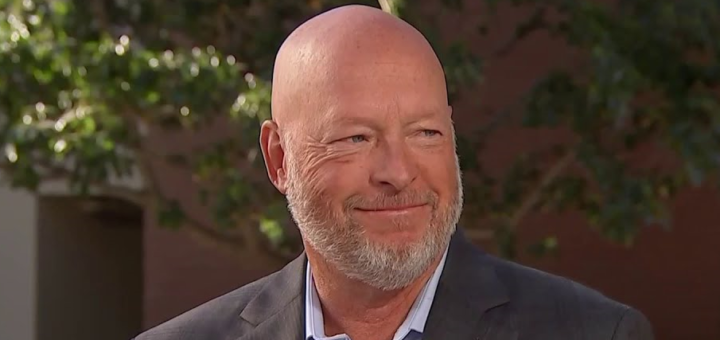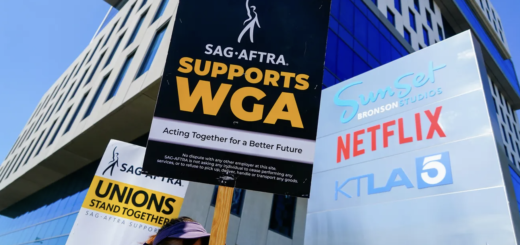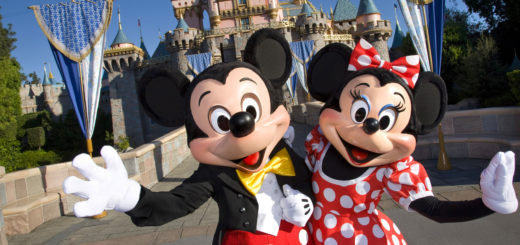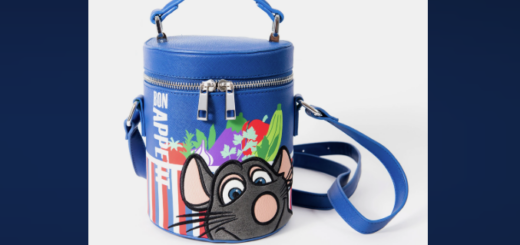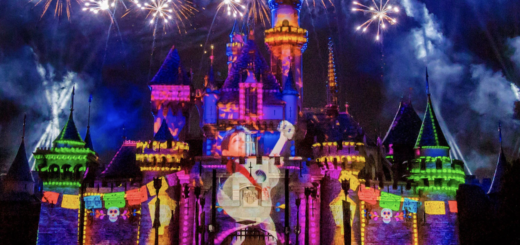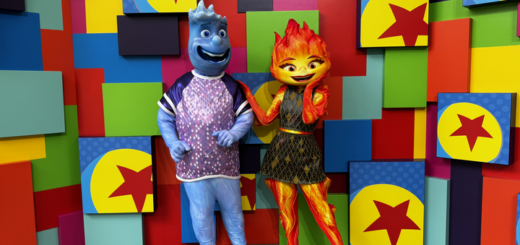Bob Chapek States His Case But Avoids the M Word
As MickeyBlog’s Christy Weinberg reported, Bob Chapek hosted a Q&A session with a Wall Street Journal reporter this week. You can watch the interview in its entirety here:
I’m confident that you’ll draw your own conclusions from this 40-minute discussion. However, I’m going to drill down on what I consider the most significant takeaways from this conversation.
Chapek’s Confidence Is Growing
I’ll start with a sports analogy. In the NFL and NBA, the belief is that a player makes their most substantial jump in skill between their rookie and second years in the league.
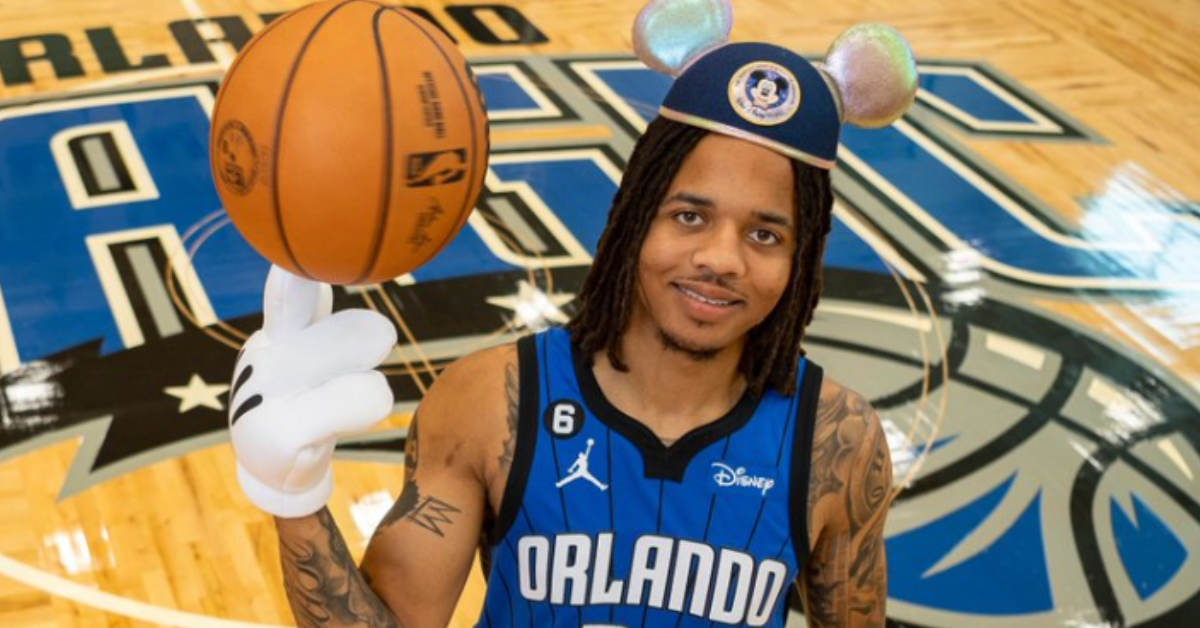

Photo: NBA Central
The game slows down as the player adjusts to the speed and learns the system. I recognize the same trait when I watch Bob Chapek during this interview.
During his first 18 months of interviews, he looked like a deer trapped in the headlights, and I couldn’t even blame him for it.
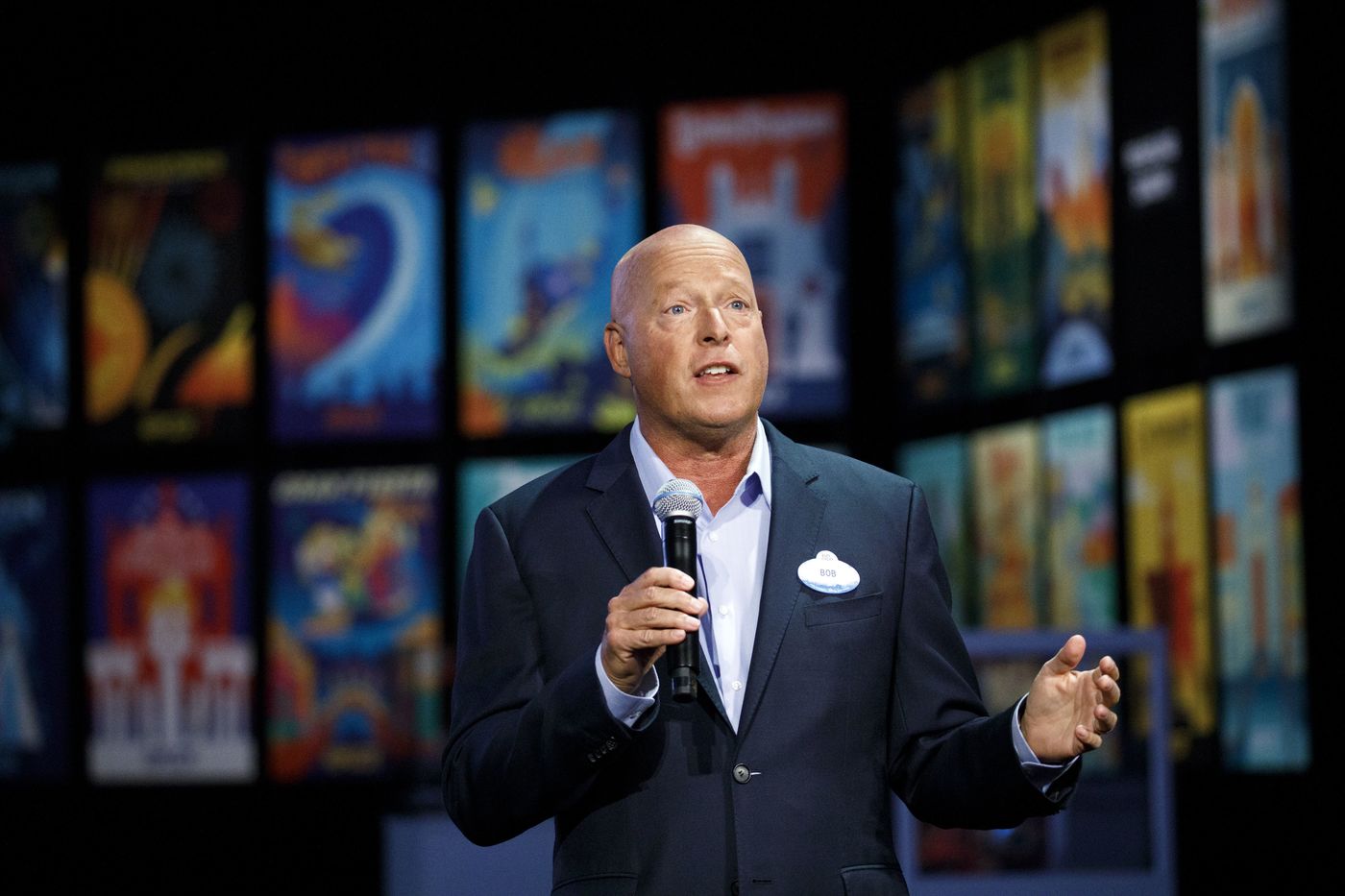

Photo: Patrick T. Fallon/Bloomberg
I once described him as the unluckiest CEO I’d ever seen. It was a hyperbolic statement due to the patently absurd level of misfortune that occurred at Disney during his first three months on the job.
That article was published in early April 2020, not even an entire month into the pandemic. Chapek probably thinks of those times as the good old days compared to some of the nonsense he has faced since then.
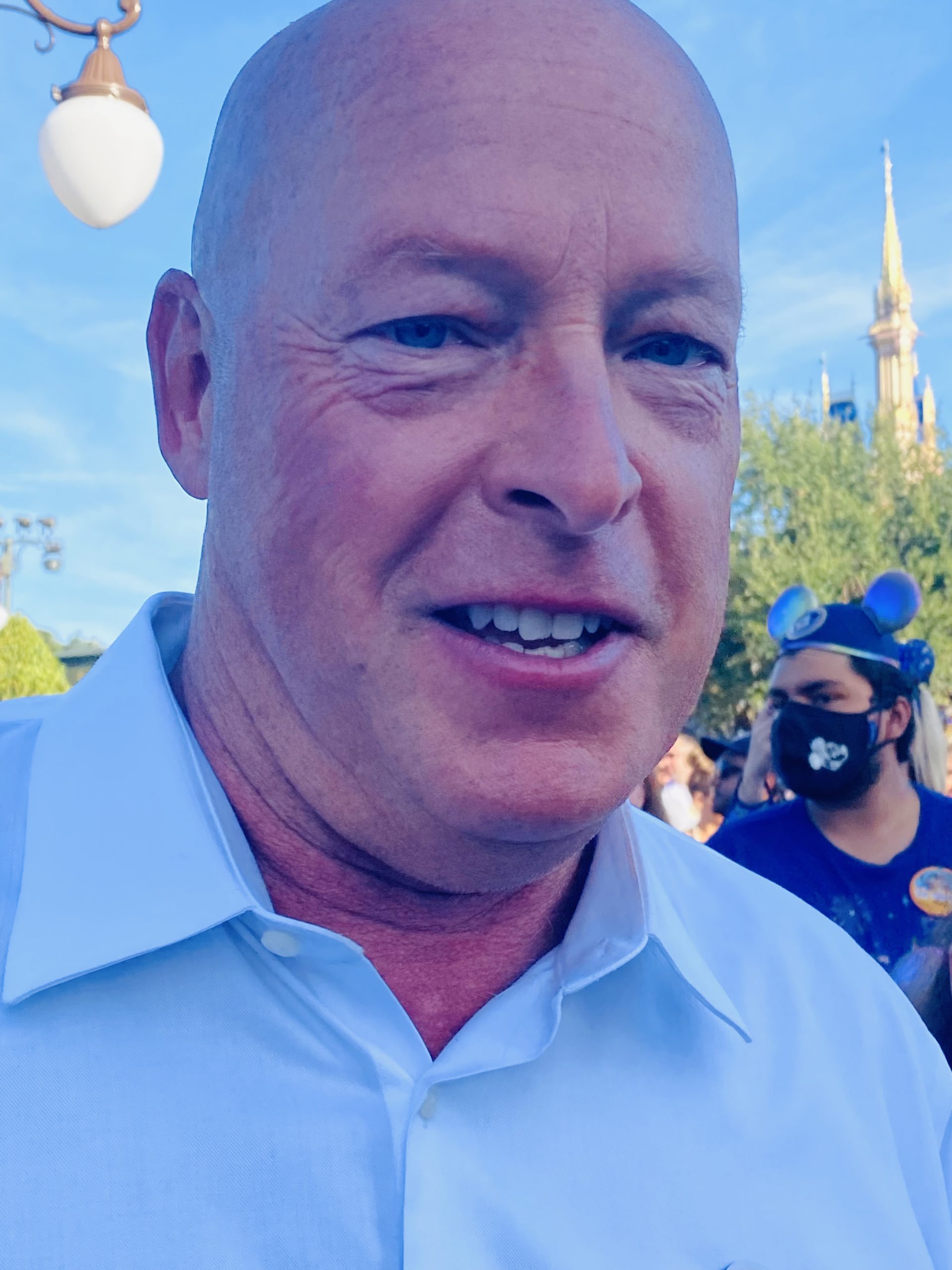

Still, that old maxim comes with a kernel of truth. What doesn’t kill you makes you stronger. For all his struggles during his first 30 months as CEO, Chapek has developed a thick skin and growing confidence.
The leader speaking during this interview is someone I’d follow. That’s in stark contrast to the timid Chapek we’ve watched stammer his way through awkward CNBC interviews.
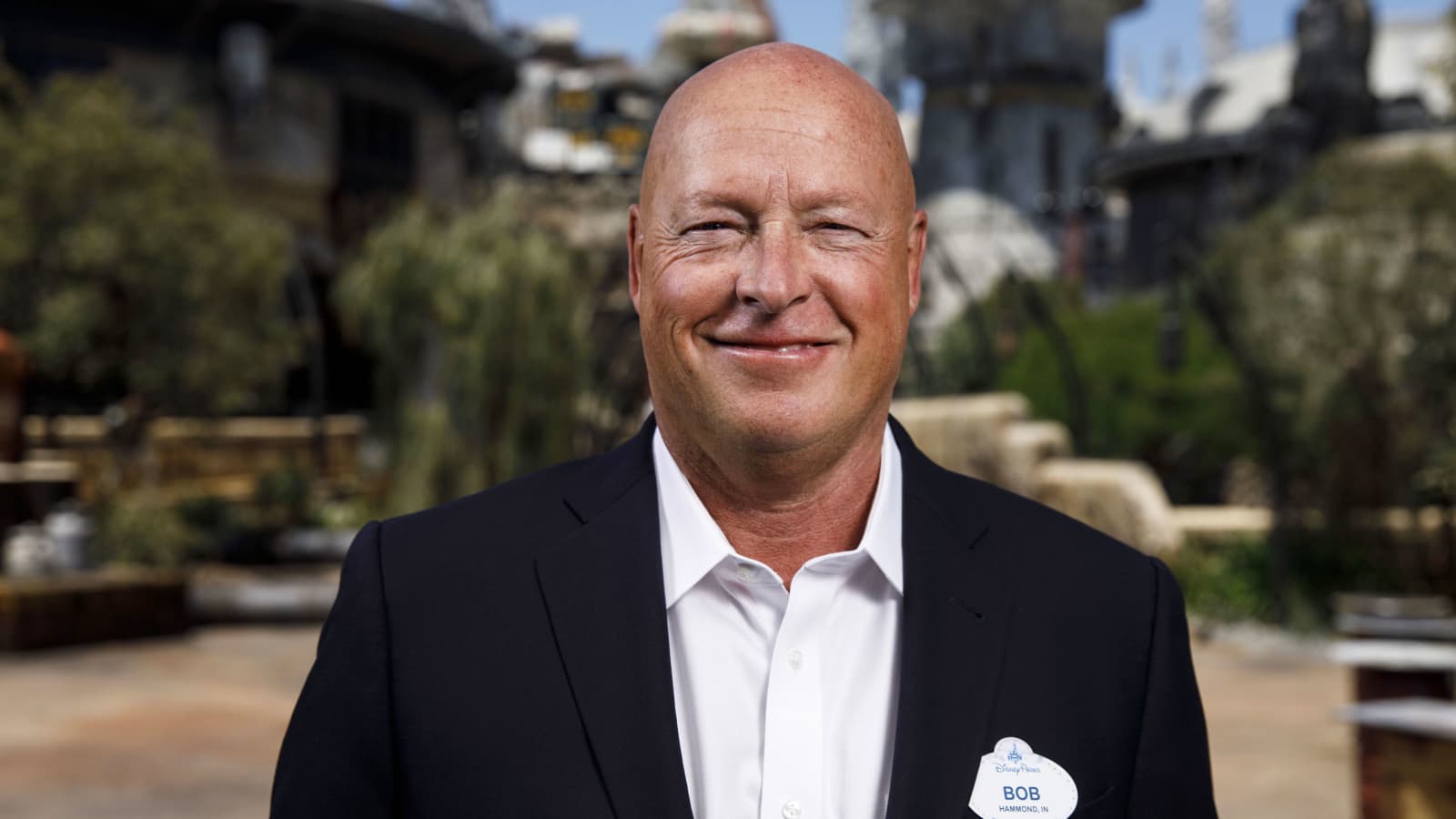

Source: CNBC.com
In the past, Chapek has sounded overly rehearsed and insincere. However, during this interview, he acted like a leader who understood his core businesses and could speak with confidence regarding each one.
In short, Chapek spent the body of the pandemic acting like somebody who hadn’t studied for a test. During this Q&A, he was the class valedictorian.
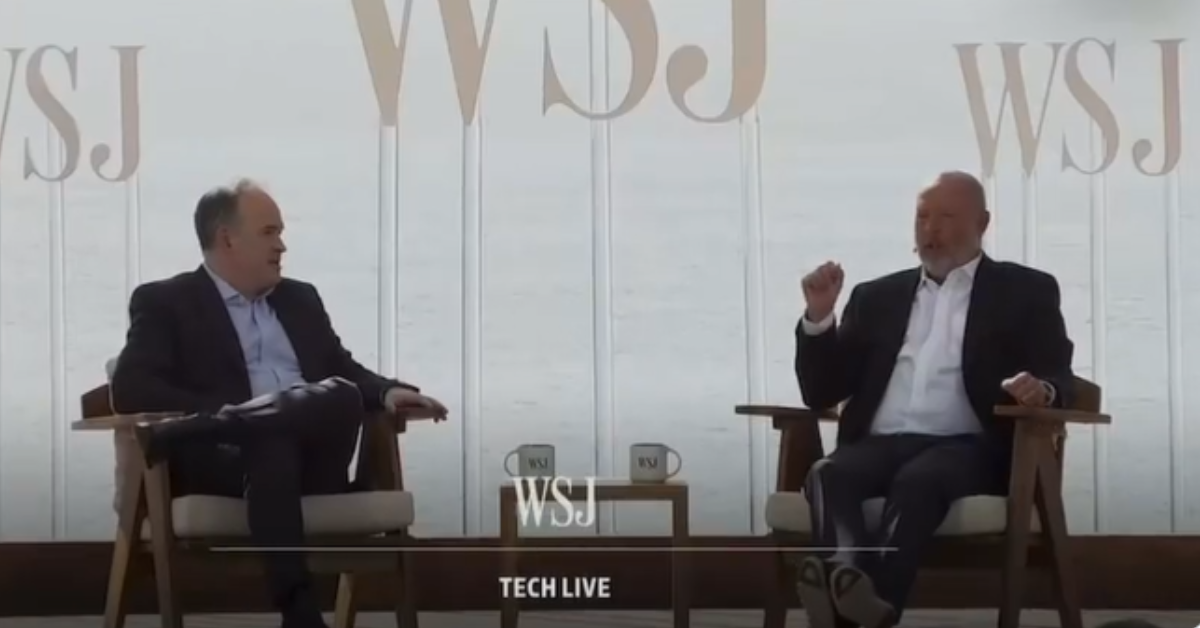

Photo: WSJ Live
Evaluating the New Disney
Selecting the most significant topic from a wide-ranging interview is nearly impossible. Few people will agree on which aspects matter most to Disney and its fans.
Still, Chapek said something that caught my attention. He shocked Wall Street and Hollywood alike when he chose a new method for running a major entertainment conglomerate. He consolidated.
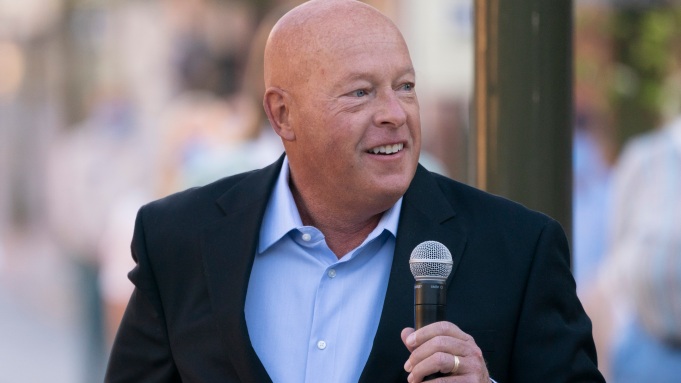

Photo: AP Photo/Jae C. Hong
Chapek plucked his former apprentice, Kareem Daniel, from obscurity and turned him into the head of all Disney content. Of course, nobody in the entertainment industry could have predicted that because they didn’t know who he was.
Chapek had a plan, though. While working in other parts of Disney’s core businesses, Chapek recognized inefficiency, overhead, and bureaucracy everywhere.
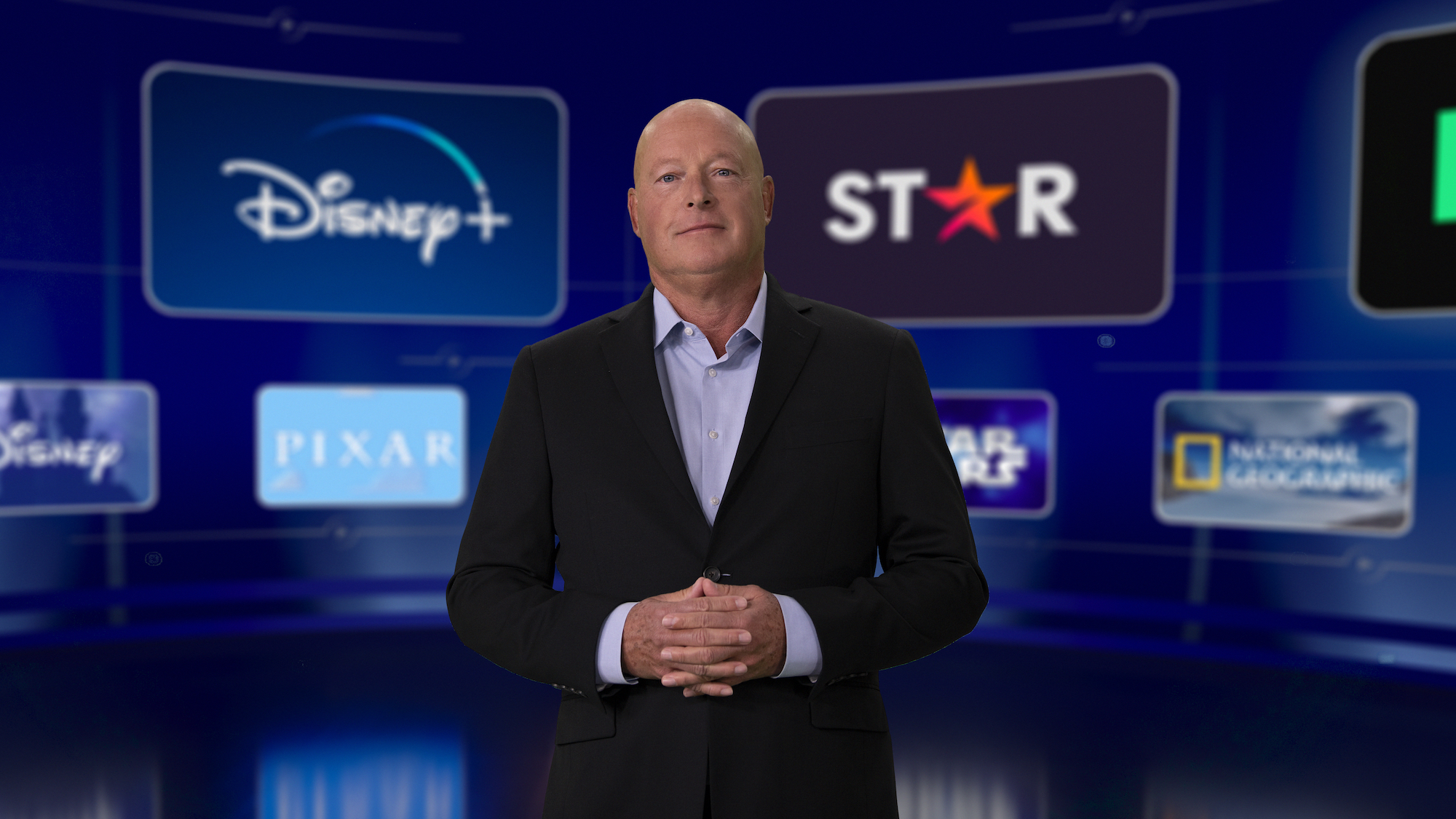

Source: Variety.com
Once Chapek became CEO, he reduced Disney to basics. As he discusses in this interview, Disney’s leader changed the former system of five divergent companies. Chapek consolidated them into two core Disney businesses.
The Disney World According to Chapek
During the Q&A, Chapek describes the new Disney as consisting of the physical businesses and the digital/theoretical.


Photo: Matt Stroshane/Courtesy Disney Parks
In other words, one half of Disney involves theme parks, cruises, Adventures by Disney, merchandising, and the like. They’re tangible products that exist in the real world.
Disney’s other half is intangible and more creative. It’s the digital/media products like Disney+, movie/television production, etc.
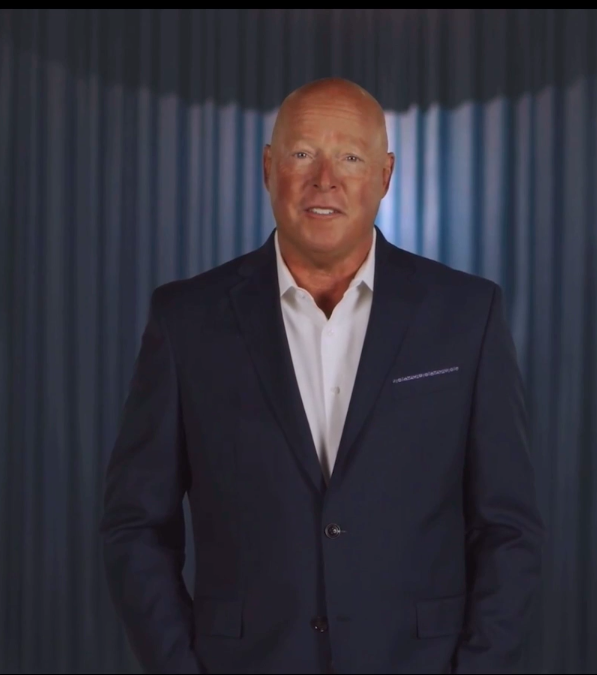

Source: “Once Upon A Disney Wish”
I quite like this perspective, partially because I understand why Chapek did it. He formerly worked in home media, which was primarily physical copies of Disney films and television shows.
Later, Chapek transitioned to the Chairperson of the Parks division. So, he has experience with how poor the communication can be among these departments.
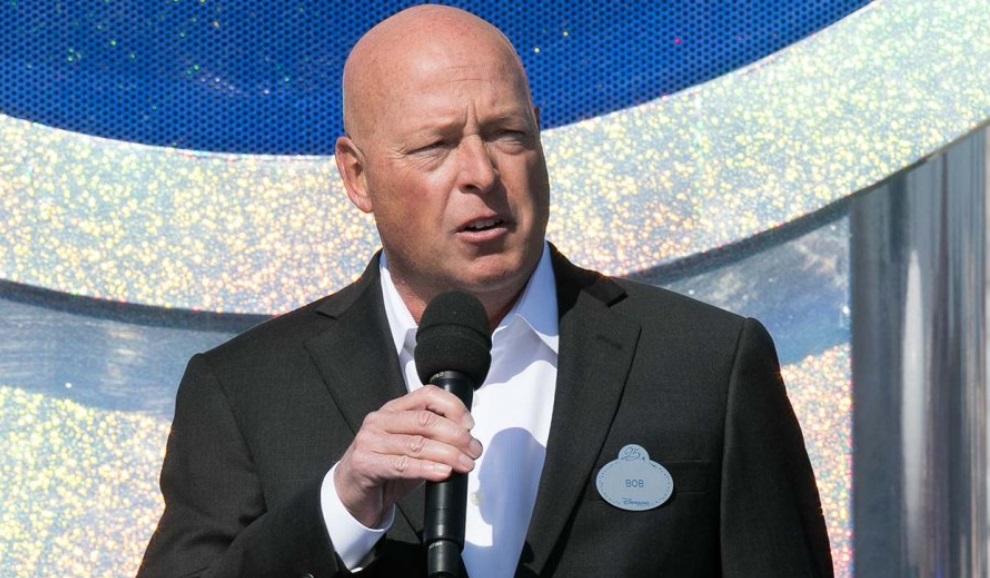

Photo: Marc Piasecki/Getty Images
Issues like this occur gradually over time because firewalls usually exist between core businesses. Chapek has eliminated all needless overhead by identifying the two vital parts of Disney.
One is the products they make and sell. The other is Disney storytelling across all mediums.
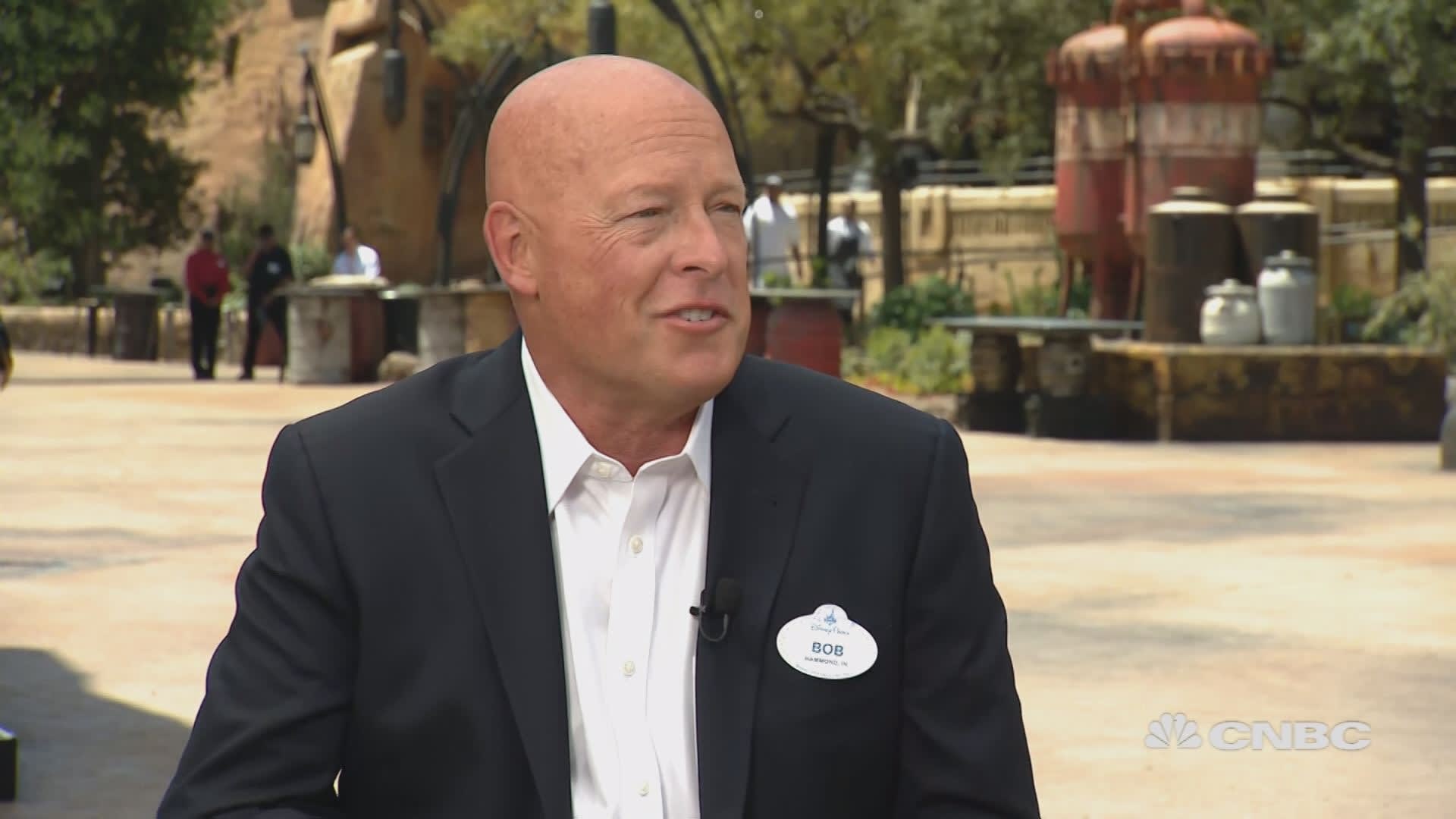

Photo: CNBC
By evaluating all aspects of Disney from that perspective, Chapek has streamlined the process. Simultaneously, he has improved the lines of communication since there’s a left-brain/right-brain aspect.
You’ve got the creatives on one side and the manufacturers on the other. That’s a somewhat glib interpretation that doesn’t fit all circumstances.
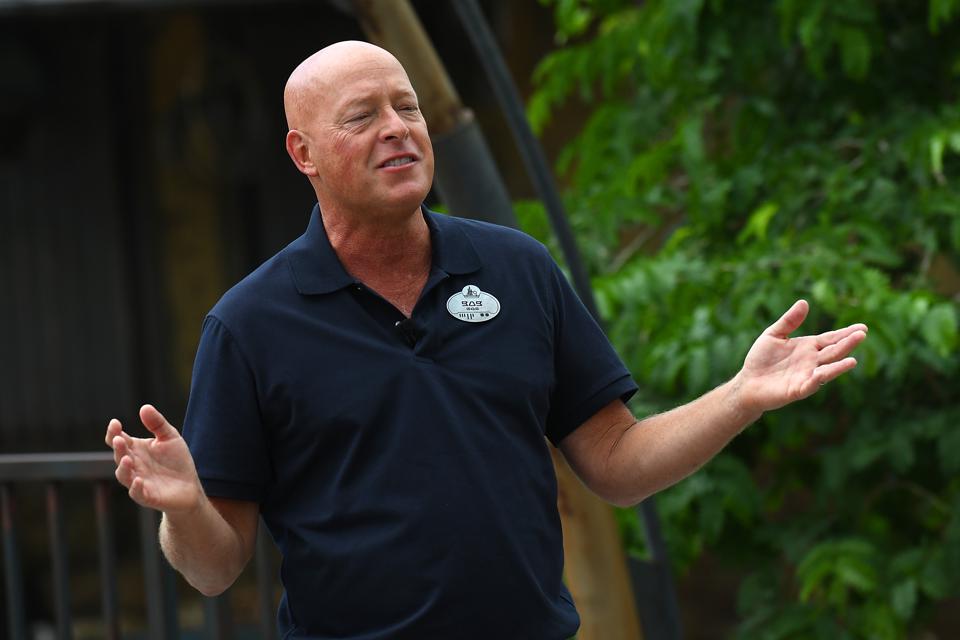

Photo: Getty Images
Still, this information should help us evaluate Disney’s strategies moving forward. Finally, we know how Chapek draws the battle lines.
The M Word
Let’s start with a non-Disney tweet:
Meta has repurchased $42BN of stock in the past 12 months at an average price of $300. It is now trading at $112
— zerohedge (@zerohedge) October 26, 2022
Then, there’s this one:
The Metaverse division of $META lost $3.7 billion last quarter alone.
But don’t worry: the money was well spent.
Zuck has now legs in the Metaverse.
— Alf (@MacroAlf) October 26, 2022
While I disagree with the conclusion of the second individual, the point here is readily apparent. Mark Zuckerberg and the former Facebook went all-in on the concept of the metaverse, going so far as to rename the company Meta.
What does Meta’s CEO have to show for this decision? The prevailing belief is that Meta will lose somewhere in the range of $8-$9 billion on metaverse expenditures during its fiscal year. That’s a big check.
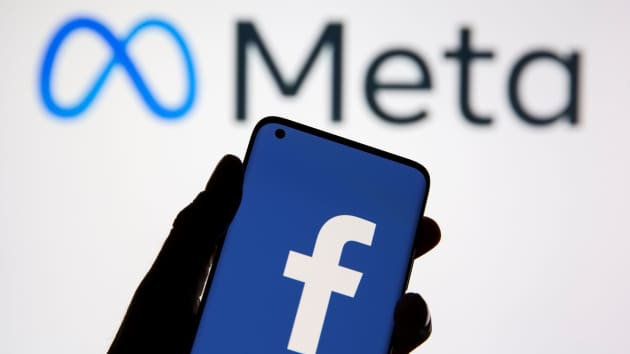

Photo: Dado Ruvic | Reuters
Simultaneously, the staggering lack of popularity of Meta and Zuckerberg, in particular, has led to a sort of anti-metaverse societal phenomenon. People would LOVE the metaverse if they understood it.
However, nobody wants to sit through a Web 3.0 lecture. Instead, they notice two things they hate with Meta and Zuckerberg and connect the dots to the metaverse, thereby growing to despise it, too.


PHOTO: SOPA Images/LightRocket via Gett
Disney feels the ripple effects of that behavior. Bob Chapek is someone who cares about polling, probably too much. He again states in this interview that he lets consumers be his north star.
Polling on the metaverse is emphatic. Consumers don’t like that word due to what it represents.


Photo: Disney
This turn of events places Chapek in a terrible position because Disney is working hard on its version of the metaverse. Disney wants to connect the digital and physical realms in unprecedented ways.
This tactic will connect Disney with its consumers more effectively than ever. But, unfortunately, the word for that currently tests worse than the phrase “Jacksonville Jaguars football.”
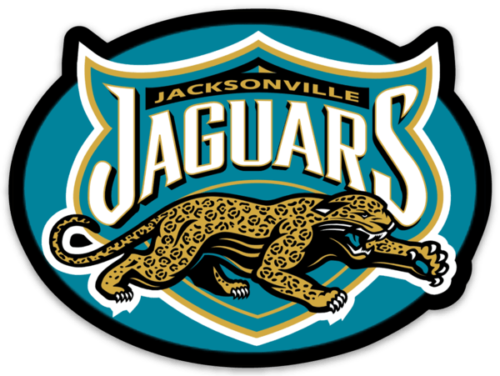
A Quick Mickeyverse Discussion
Instead, Chapek refers to what’s happening as “next generation storytelling.” The reporter cleverly uses the term Mickeyverse, which is frankly something Disney should steal.
Chapek goes into detail about how he perceives the short-term future of Disney. He just doesn’t beat people over the head with it.
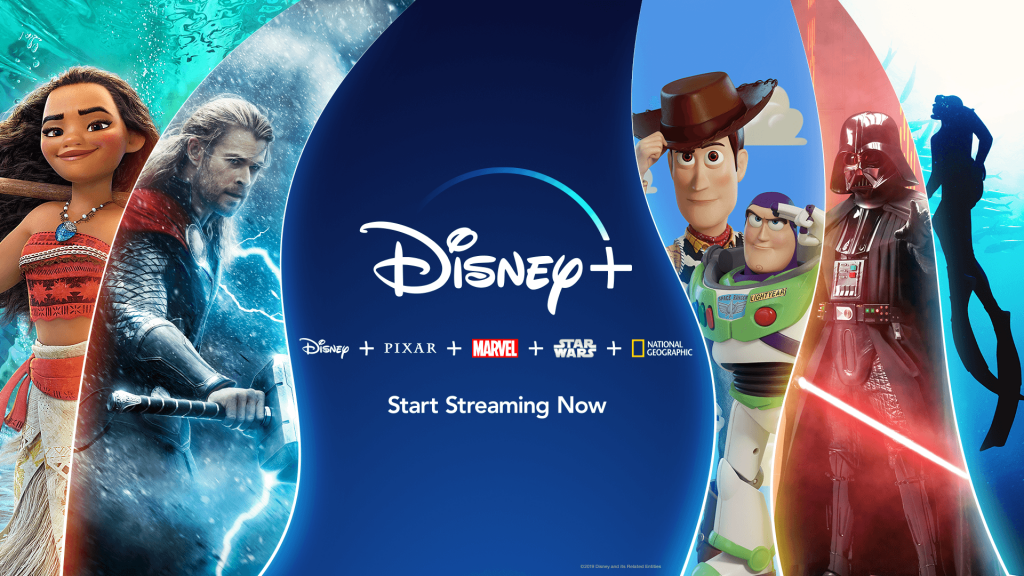

Image: Disney Plus
We know from relatively recent Facebook unpleasantness the power of data mining. The interviewer asks whether Disney+ should transition into a lifestyle brand. Chapek doesn’t run away from this idea.
Instead, Disney’s CEO states that users must consent to share their information with the company. Presuming they do, Disney will know which shows they watch on Disney+.
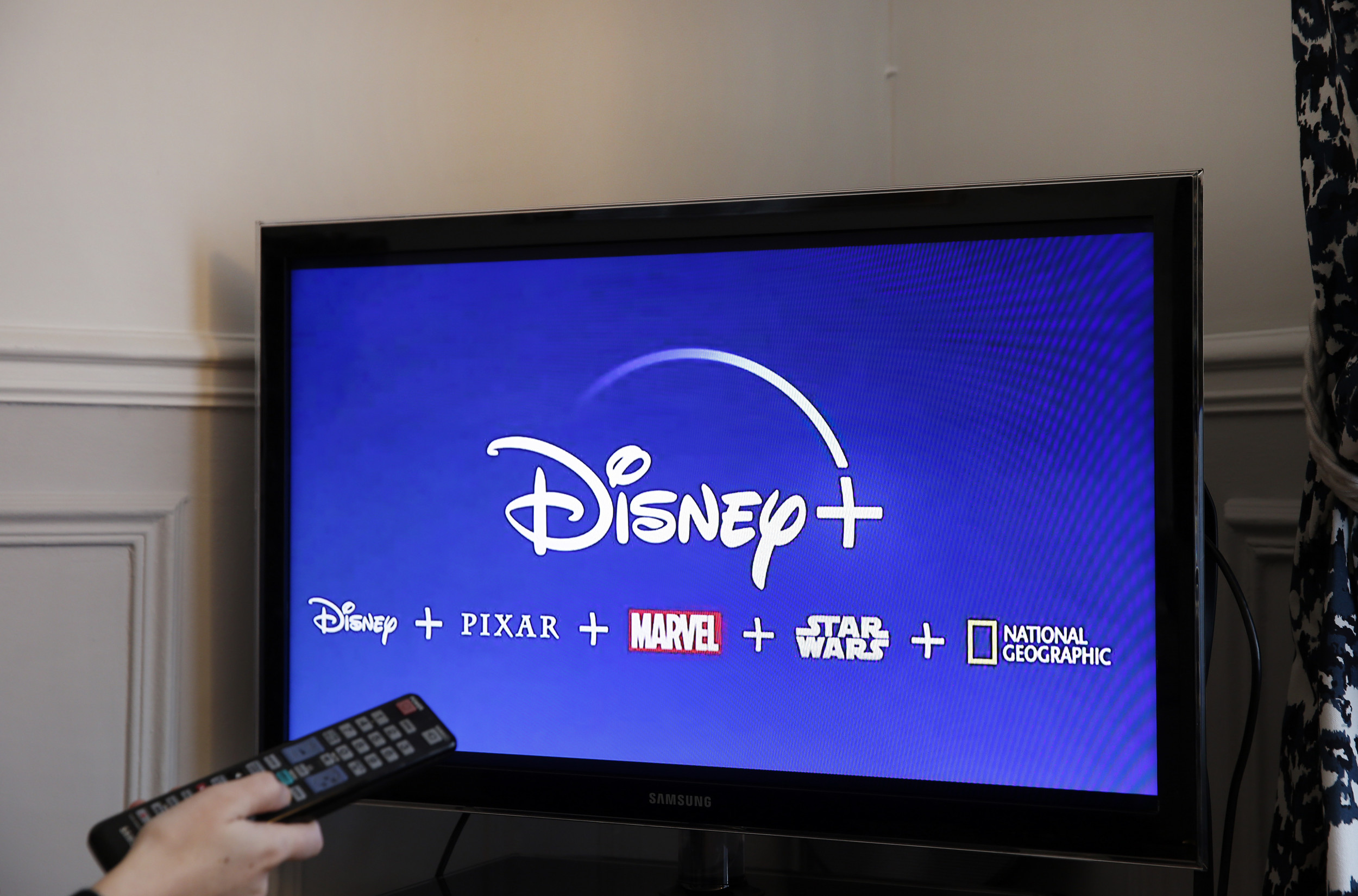

Photo: Newsweek
So, park recommendations can tie back to favorite intellectual properties. Conversely, the rides you prefer at the parks could impact your Disney+ recommendations when you’re at home. One hand washes the other.
Chapek hints that Disney is building detailed profiles of its consumers. It’ll use this information to deliver superior customer interactions one day soon. Chapek describes this new kind of interconnectivity as “customized and personalized.”
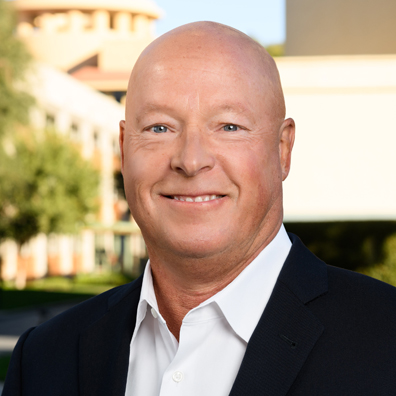

Photo: Disney
The interviewer asks for a timeline, clearly expecting a non-answer. Chapek’s face is telling here. He responds, “We’re putting the arms and the legs on it right now inside our own technical groups.”
That visual alarms me because it’s car-reepy, but Chapek’s tell suggests that it’s not as far away as I’d have thought.


Photo: Disney
You can watch this part of the discussion at the 32-minute mark. It strikes me as a vital part of Chapek’s plan for Disney.
While Chapek’s comments on politics and price increases will garner all the headlines, this “customized and personalized” Disney will define the company for future generations of fans.
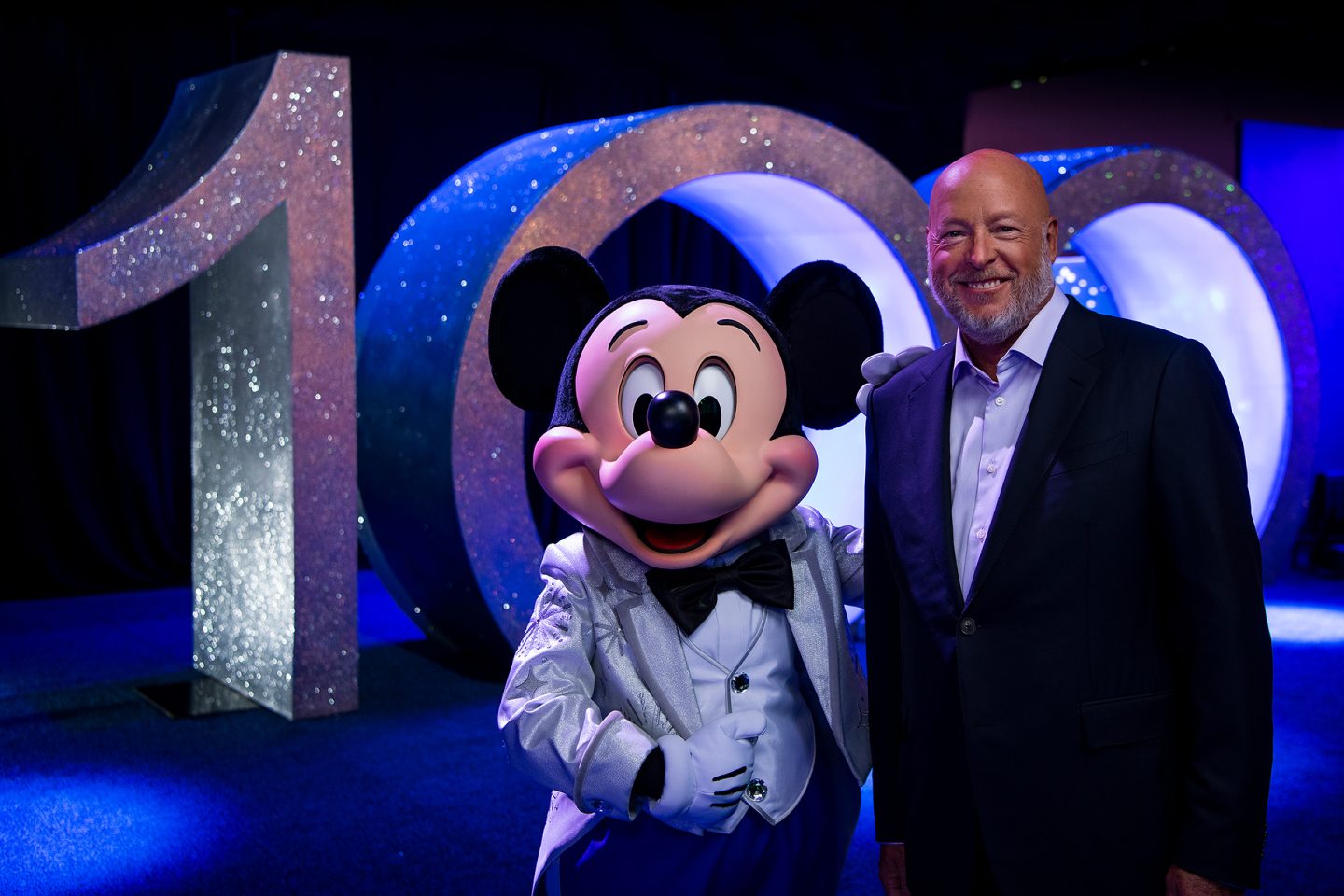

Photo: Walt Disney Company
Feature Image: CNBC


